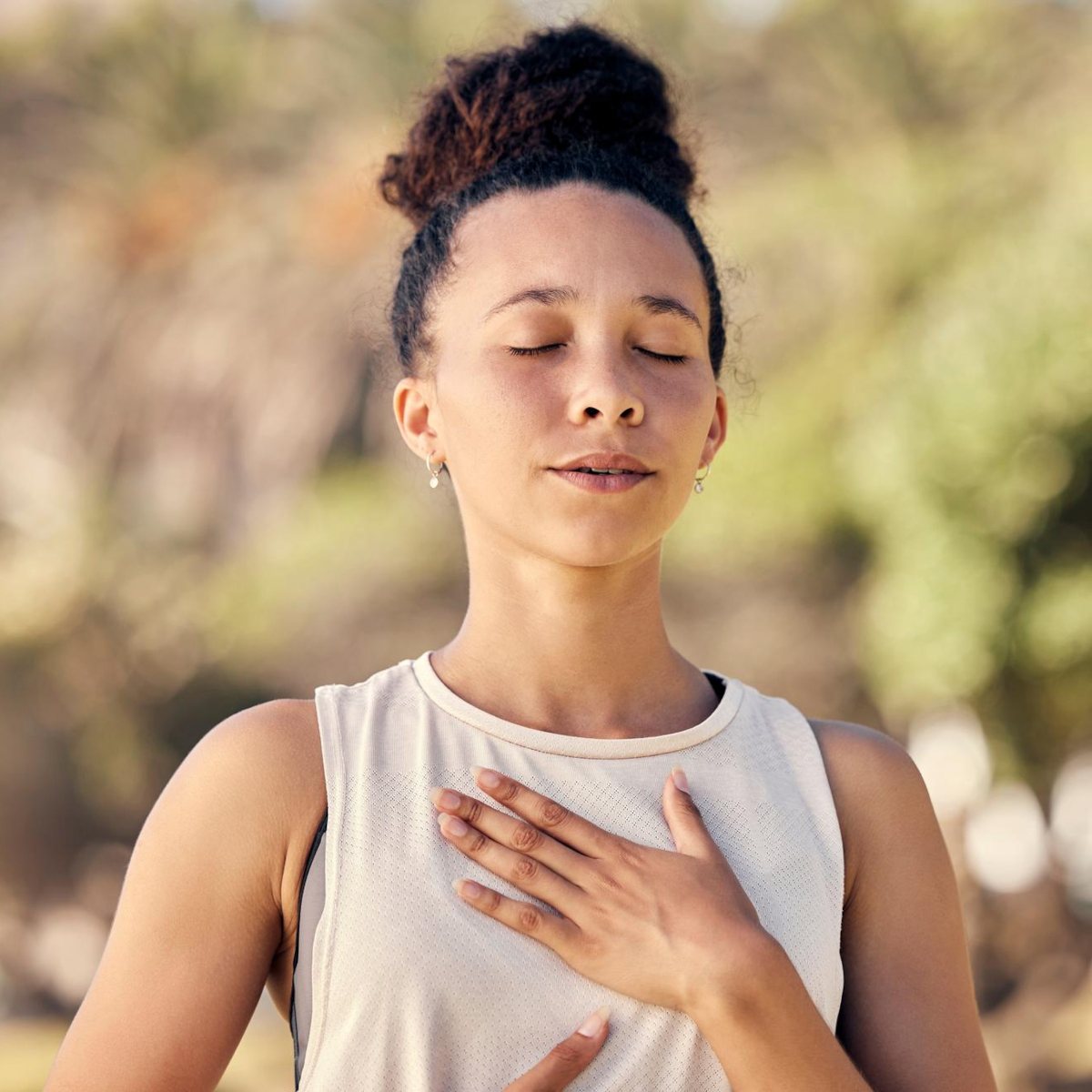
Have you ever found yourself experiencing pain, tension, or stiffness in your hips or glute muscles? Having either hip pain and a ‘pain in the butt’ can, truly, be a pain in the butt, especially when you’re not sure what’s causing it or how to find relief for it.
What is it that causes tension in the hips and glutes, anatomically speaking? What changes are needed so you can find relief and start moving freely and easily again? To help you out, I’ll show you how to help you address the causes and start feeling your best again.
Before we begin the tutorial, it’s best that you understand the terminology used when discussing this region in your body. Here are the key terms worth knowing:
Now that the medical jargon is done, let’s move on to to how to fix things. The bottom line to know here is that while hip pain can be super annoying, it doesn’t need to take over your life or keep you from doing activities you love. In fact, with a little guidance below, you can start on your recovery today!
1. Counteract Sitting with a Hip Extension exercise
As you may already know, sitting and repetitive movements can lead to pain and stiffness over time. Thankfully, however, these issues are completely fixable! When we sit in one position for a long time or spend a long time doing a motion that overworks a part of our body, it’s important to counteract it with some opening of the hips, the job of the glutes.
Sitting can make our hip flexors tight and our hip extensors weak. The good news is, this can be fixed! This simple motion can dramatically strengthen your various hip muscles over time, helping to find relief and start feeling your best. Here’s how to do it:
2. Deep Squat for Back and Hip release work
In my work as a physiotherapist, I support having a sense of curiosity, and allow my clients to explore what each movement feels like in each position. This next exercise is a great way to ensure the hip joint is seated deeply in its socket and gets a great back stretch and release of the deep hip rotator muscles that can hold too much tension in our day to day lives.
An exercise like this might sound straightforward—and it is. However, even a simple stretch like this can go an amazingly long way in keeping your hips open, stable, and flexible, which will greatly reduce tension and stiffness and keep you feeling great.
3. Clinical Pilates for Hip Positioning and Stability
Ensuring your hips are positioned in a stable manner can help relieve glute and hip pain caused by excessive sitting.
Hip stability refers to their position while performing other motions, such as walking and anything else that requires balance. Since the hips and pelvis are interconnected, stabilizing one should always mean stabilizing the other as well.
While regular stretching goes a long way in counteracting some of the tension or pain brought by sitting, people will sometimes need more guided support to feel their best again. One great example is Clinical Pilates, or reformer Pilates. At ProActive Pilates, I often make use of specialized equipment called a Pilates reformer machine for cases like these.
A reformer machine essentially allows us to experiment with adding tension and resistance to some of the most common and effective Pilates exercises. For instance, we might see how it feels to do some feet-in-straps exercises, which is a gentle and effective way to stretch, strengthen, and stabilize your hips and pelvis. Some of the exercises we might try include in the studio:
Of course, I always take the time to thoroughly educate my clients and teach them the correct form to ensure you’re getting the most out of each reformer Pilates session.
A literal pain in the butt is no fun, especially when it’s caused by things you need to do every day, such as repetitive motions or hours of sitting. While it’s certainly a challenge to deal with tense hip joints at first, you can easily start addressing these issues and feeling your best again with a little support.
At ProActive Pilates, I’ve guided clients through the process of releasing tension and restabilizing their bodies through a customized regimen of physical exercises for over 25 years. My sessions are handcrafted to your unique physical needs and boundaries, so that you’re always comfortable as you work toward your physical health goals.
If you’re curious to learn more about how to find relief from hip pain and glute tension, or any other physical concern, contact me today or book your initial assessment here.
© 2024, ProActive Pilates. All Rights Reserved. Designed by KIAI Agency